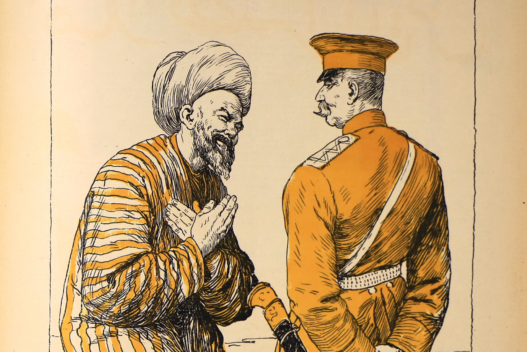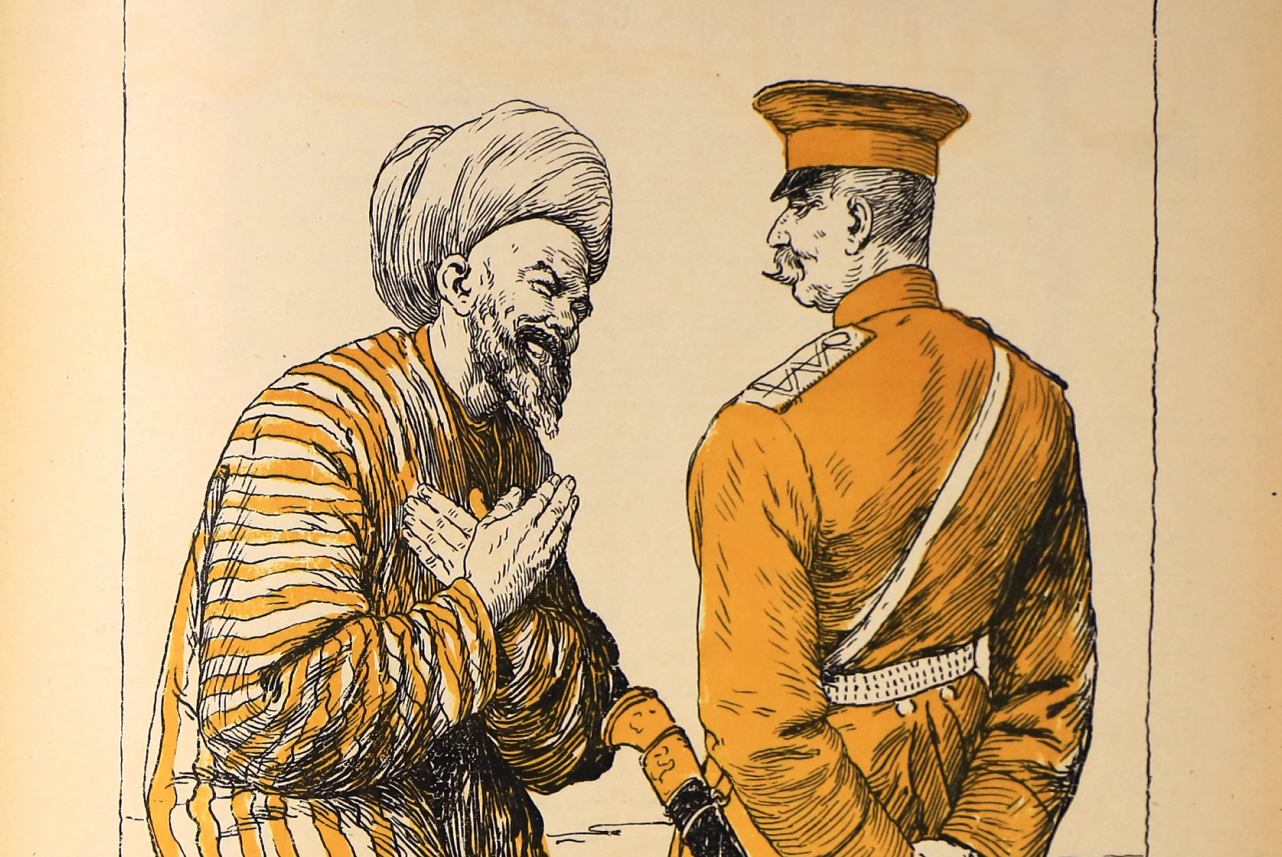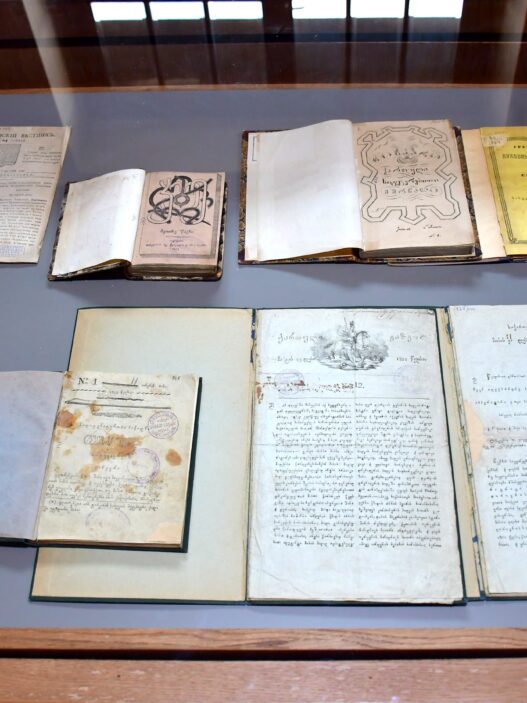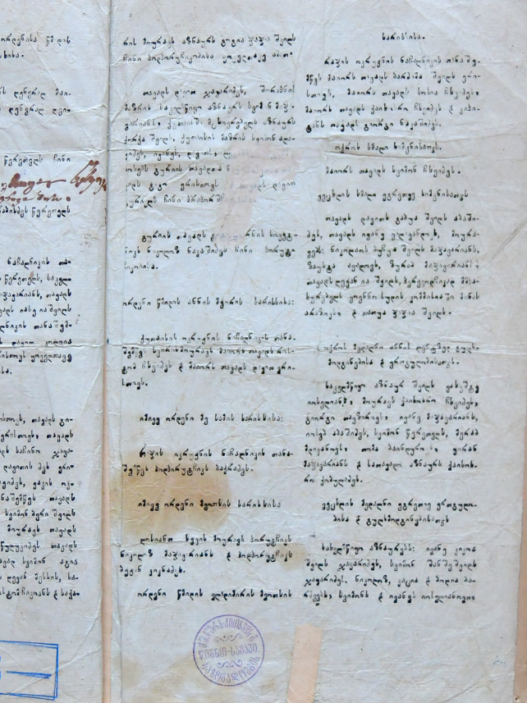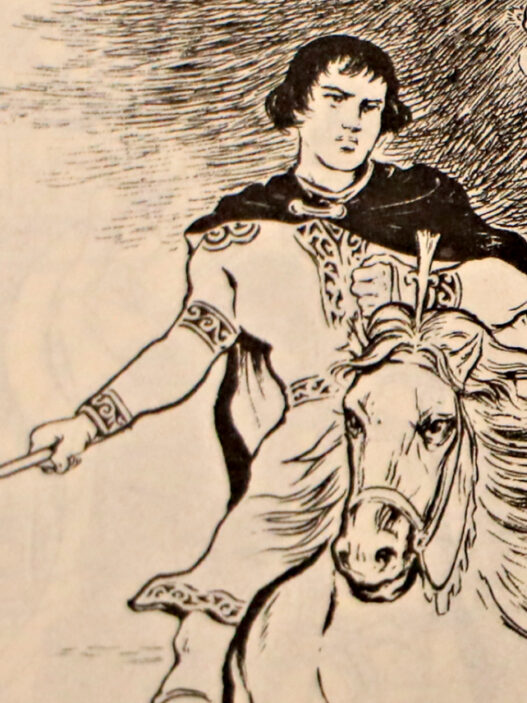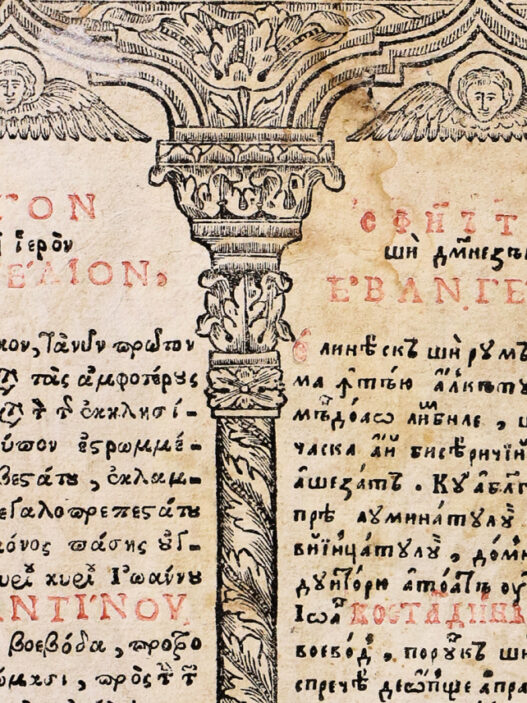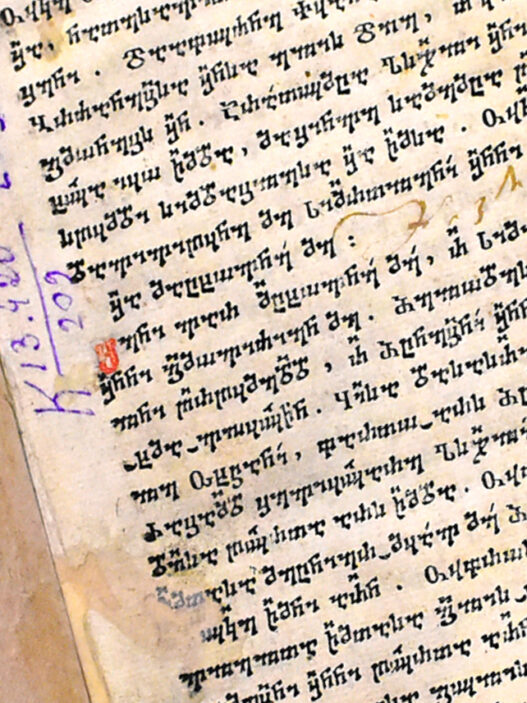In 1906, Omar Kipiani, also known as Faig Nemanzade, a Muslim Meskh from Akhaltsikhe, established the satirical publication “Molla Nasreddin” in Tbilisi. In Azerbaijani, the magazine was published.
Because he opposed the tsarist regime, Omar Faig, who was well-educated for the time and a strong advocate for women’s education, was not permitted to publish the magazine. Instead, he named Jalil Mamed Kulizade as its editor-in-chief. He asked Oskar Schmerling and Josef Rotter, two Germans from Tbilisi, to illustrate the journal. Their caricatures created a whole new style for magazines of the era all over the Caucasus.
Omar Faig and Jalil Mammad Kulizadeh had long debated the magazine’s title, “Mullah Nasreddin.” The reader would assume that the journal will be filled with humorous tales, thought-provoking conversations, and catchy proverbs. The assumption was correct; the reader was truly moved by the name “Mullah Nasreddin” and had the highest hopes. Caricatures and articles about the severe issues facing the Caucasus at the time, such as women’s isolation and the dishonesty of the police and governmental officials, were published by the newspaper.
The magazine employed folktale-derived symbolic language and straightforward images. A caricature that was published in 1909 is among the most distinctive drawings: Standing on the tracks and blocking the train with the sign “Progress” are two elderly men wearing oriental attire and bearing the inscriptions “Old Traditions” and “Old Sciences.” “We will not permit you to proceed,” they yell. Mullah Nasreddin watches the action from a distance, as is the case with all such paintings.
The magazine featured satirical stories, anecdotes, amusing statements, private declarations, caricatures, conversations, feuilletons by different poets and prose writers, and more.
Such success was not anticipated. The journal was soon published and distributed to 5,000 people.
The magazine ran in Tbilisi from 1906 to 1914 before being outlawed by censorship in 1917. Its publication was restarted in Tabriz for a few months in 1921, and it continued in Baku from 1922 to 1931. The writers of “Mullah Nasreddin” were commended at the time by well-known German journalist Arthur Leist, who was based in Tbilisi. Their bravery and ingenuity amazed him.
One of the most notable displays of the National Library’s rare editions fund is the satirical magazine “Mullah Nasreddin.”


